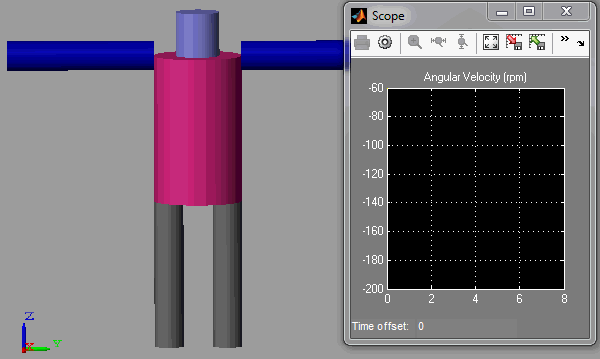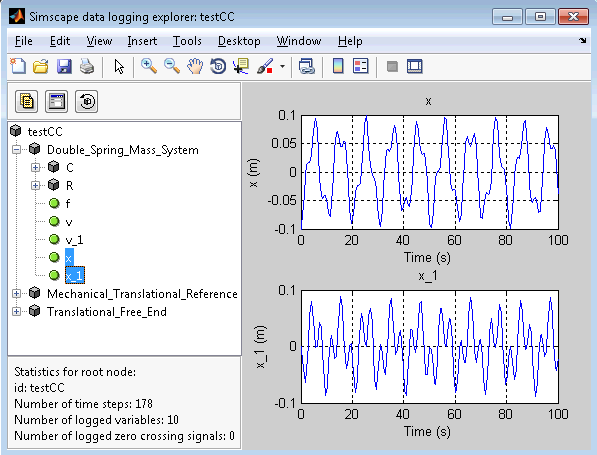
With the XXII Winter Olympics starting this week, I thought we should take the time to model something from the games! So lets look at how conservation of angular momentum is important in figure skating.... 더 읽어보기 >>

With the XXII Winter Olympics starting this week, I thought we should take the time to model something from the games! So lets look at how conservation of angular momentum is important in figure skating.... 더 읽어보기 >>

In R2013b, it is possible to specify joint motion in SimMechanics Second Generation models. In this post, I will use a simple pendulum with internal friction and subject to gravity to highlight... 더 읽어보기 >>

We had some fun in our last post about the Hyperloop open source transportation system, but we didn't get much into the specifics. This week we begin to move things forward. Before beginning to... 더 읽어보기 >>

I am recently visited the MathWorks Japan office and learned about interesting work done by my colleague Hitoshi Takeshita. In his MATLAB Central submission Euler–Lagrange equation, Hitoshi... 더 읽어보기 >>
SimMechanics users, the first time you opened the Simulink Library Browser in R2012a, you probably noticed a big change: SimMechanics Second Generation SimMechanics Second Generation is a... 더 읽어보기 >>
One of the features I like about SimMechanics is the ability to specify the motion of a system without having to think about the forces involved. This can simplify testing a model so you don't have... 더 읽어보기 >>
The other day I found this video: If you watch carefully, you will see around 1:50 that they used Simulink to design their controller. So for this week's post, I thought it would be... 더 읽어보기 >>
Today guest blogger Arnaud Miege presents a great example of adopting Model-Based Design. As an application engineer, I meet lots of customers applying MathWorks tools in many different... 더 읽어보기 >>
By Guy Rouleau Today I want to introduce one of my favorite submissions on MATLAB Central, the Simscape Simulation Results Viewer. Working in technical support, I often receive requests from... 더 읽어보기 >>
A lot of people ask the question, "Why does my model have an algebraic loop?" Of course, every model is different, but here are some general truths about algebraic loops: Real physical systems... 더 읽어보기 >>